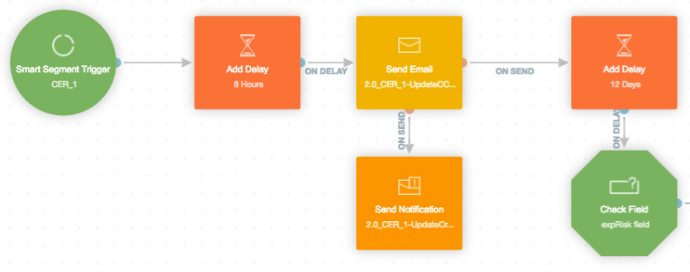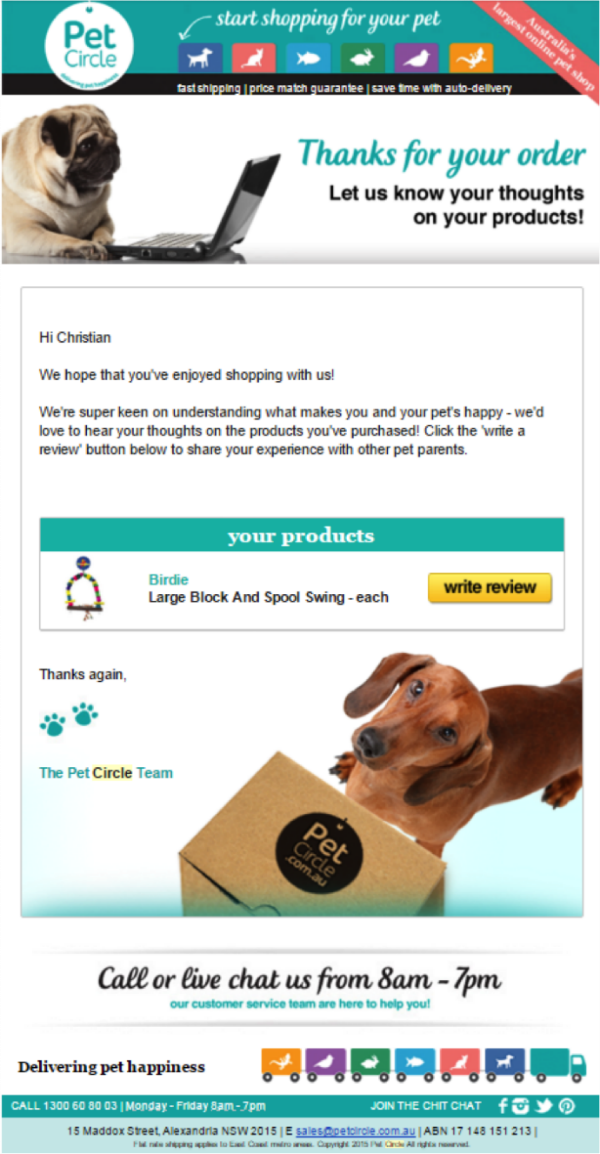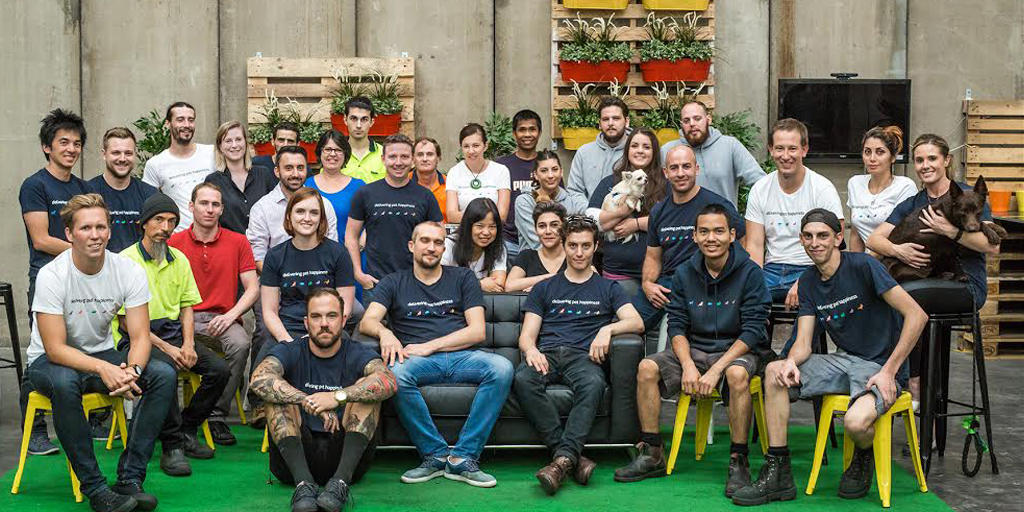March 29, 2016
Meet Australias Fastest Growing Online Pet Shop (and See How Theyre Doing It)
Pet Circle is Australia’s largest online pet shop. The company sells more than 5,000 products, employs about 40 people, has raised $5.5M in capital to date, and is one of the fastest growing startups in the Land Down Under. The company recently launched automated journeys with Autopilot to gain a competitive advantage in the cutthroat e-commerce space, and has seen a significant increase in response rates and a better overall experience for its pet loving community. Here is exactly what Pet Circle did, and helpful takeaways for your own e-commerce business.
Divided their database into strategic segments
Before using Autopilot, Pet Circle took a transactional approach to customer emails. They sent their entire customer database multiple blasts per week, with generic offers like, “Here are our prices, here are our products, will you buy from us?” It generated ROI, but had room for improvement. To start creating a more personalized buying experience, the team segmented their database into several core segments:
High-value customers
People who buy particular types of products
Shopping cart abandoners
People who haven’t bought anything yet
The team is gradually building out personalized journeys for these core segments based on survey responses, content viewed, and products purchased. **Takeaway: **Group your contacts into the critical segments who you need to target (or avoid) to create a killer e-commerce experience. Start with Pet Circle’s list then check out these fifteen different segments to hit the ground running.
Recovered fail orders to recoup lost revenue
Pet Circle’s first key journey reminds recurring buyers to update their credit card details, which prevents failed orders. This helps customers who’ve set up automated deliveries, like Susie the dog owner who needs a fresh food supply for Fido every two weeks, or Bob the cat lover who needs a new bag of litter once a month.
 Pet Circle’s journey to prevent failed orders
Pet Circle’s journey to prevent failed orders
Before the reminder to update credit card details existed, customers only received an “order failed” message after the charge failed to go through. This put a strain on Pet Circle’s support team who had to manually follow up with customers to make the fix. The automated email has taken a huge weight off the team’s shoulders. Takeaway: Set up proactive journeys that prevent common dropoff points in your buyer’s experience. Tactically, you could create a journey that reminds recurring customers to update their credit card details or send an abandoned cart email to close the sale. Get creative by putting yourself in your audience’s shoes.
Improved loyalty through regular customer surveys
Christian’s team knows that e-commerce buyer relationships are an ongoing process, not a one-time thing. One way the team plants seeds for future purchases is mapping bad experiences to positive outcomes. To accomplish this, Pet Circle sends customers an NPS survey asking to rank on a scale of 1-10, “How likely is it that you would recommend Pet Circle to a friend?” If the score is greater than seven, customers are left to go on their merry way. If the score is less than seven, the team reaches out for feedback on how to make the customer experience better. It’s an automated solution that gives customers a voice, and keeps the team on their toes to provide a high level of service. Takeaway: Ask for feedback after a strategic moment in the buyer’s journey. It could be after they’ve bought something, talked with customer service, or made a repeat purchase. Use AskNicely or Delighted to set up and send your NPS survey.
Drove word of mouth referrals by automating customer reviews
Another key Pet Circle journey attracts new customers and revenue by automatically requesting product reviews after purchases. The company is keen on finding out what customers think about particular products, and the reviews add social proof to each product page of its website.  The product review email includes a picture of what the customer bought, adding a personalized touch. And who could resist leaving a review after a friendly reminder from those adorable pups? Takeaway: Create a journey that automatically asks for product reviews. Trigger it after someone buys something in your e-commerce store or gives you a high Net Promoter Score (like LiveChat does).
The product review email includes a picture of what the customer bought, adding a personalized touch. And who could resist leaving a review after a friendly reminder from those adorable pups? Takeaway: Create a journey that automatically asks for product reviews. Trigger it after someone buys something in your e-commerce store or gives you a high Net Promoter Score (like LiveChat does).
What’s next for Pet Circle?
In the future, Christian plans to tackle more product-specific journeys, make a dent in shopping cart abandonment with automated messaging, use content to nurture potential buyers, and continue to deliver pet happiness across Australia. Perhaps the world is next? What are your biggest takeaways from Pet Circle’s approach? Any tips you’d like to include from your e-commerce strategy? Let us know in the comments.












